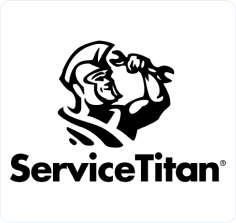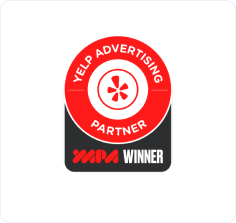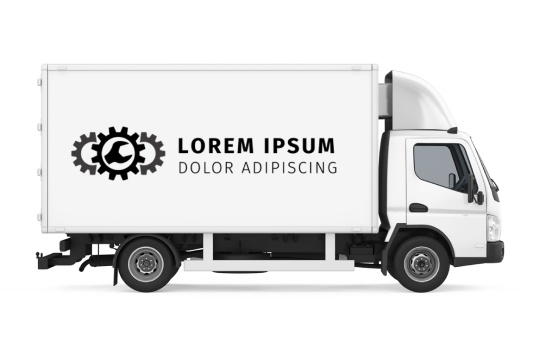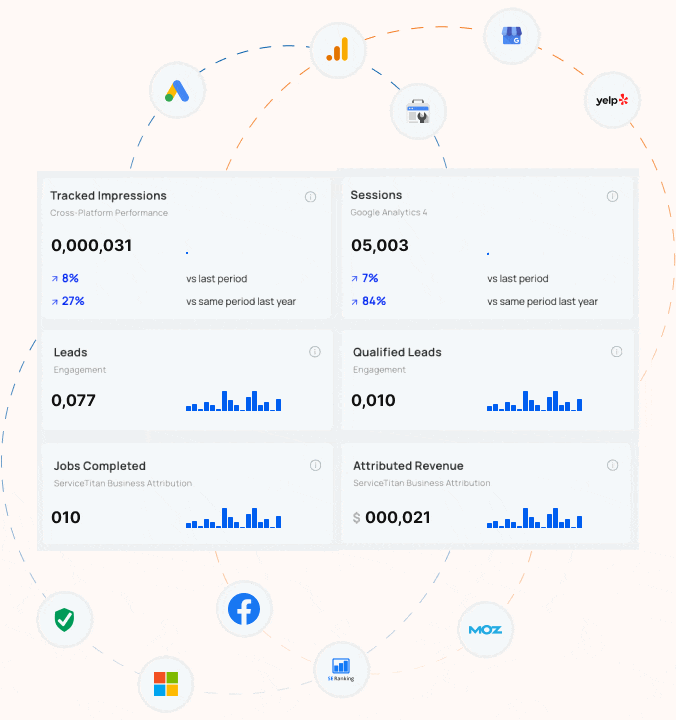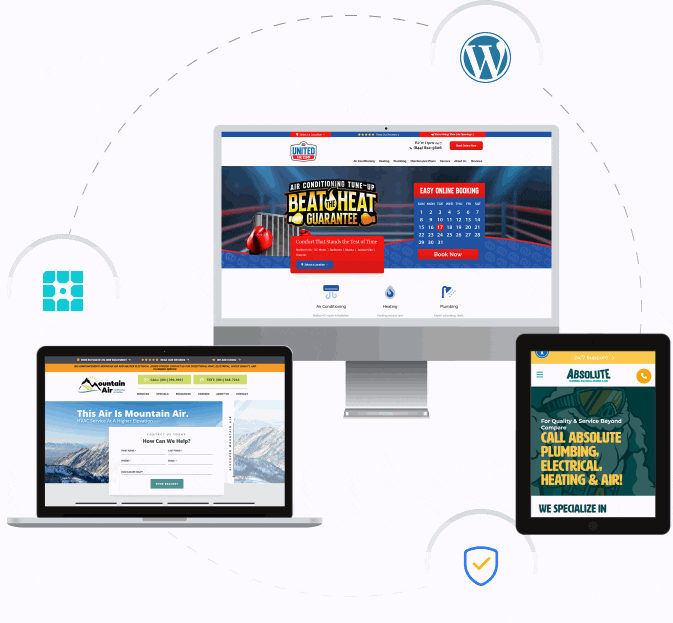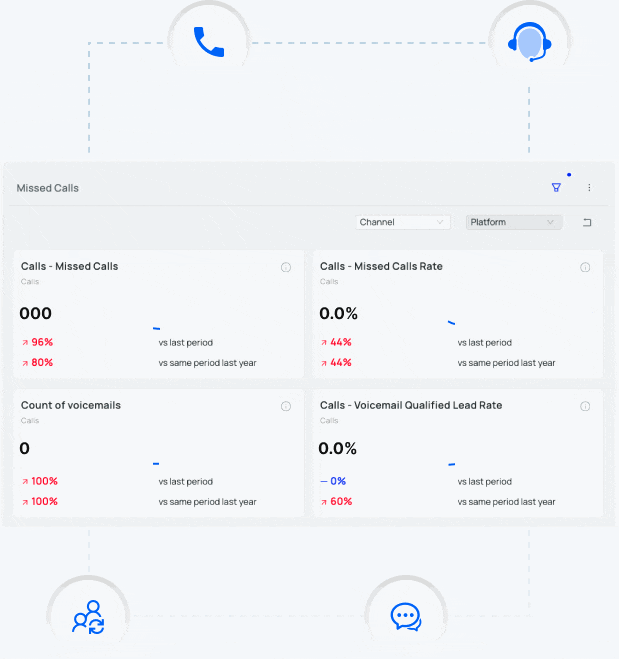
Have you ever wondered what the best way to organize the information on your website is? It can be tough to get into the mind of your user and search engines, not to mention making everyone happy. No worries, that’s why we’re here! Not only does a good experience matter to your potential customers, but it can make a difference to search engines. In the end, the way your site is organized can have an impact on:
- Traffic
- Conversions
- Bounce Rate
- User Experience
When talking about website design and development, there are two areas we want to focus on: site structure and site organization. Site structure is more technical and refers to how your site is put together on the backend and is site wide. How are the pages organized? Where do they link and how this affect the navigation? Site organization is more design focused and page specific. It refers to how the information on each page is placed and how that affects the user experience. What draws the users eye? Is it easy to pick out the most important pieces of information?
Here are some tips to make sure your site is up to par:
Site Structure
Your site navigation is one of the most important parts of your website. It’s how your user will move through the different pages and it is present on every page, which means that it is a consistent element for search engines when determining rankings.
So, what can you do to make it the best it can be?
- Start by making it simple and intuitive. Some research says that seven main menu items is the maximum number of items you should have in your navigation. Though this a good guideline, it isn’t a hard and fast rule. The main thing to remember is that when it comes to your navigation, less is more. Users have an extremely short attention span, so we want to make sure that we’re giving them all the information they need, but in a concise manner.
- Something you’ll also want to consider is that every page on your website does not need to appear in the main navigation. Specialty or geo-targeted pages are not pertinent to the user when they’re first looking for information. These types of pages can be linked within the site content and found in other areas of the site, such as the footer.
- Finally, you want to make sure the language you’re using in the navigation relates to the questions that the users are asking. For instance, if you are a service based company, you’ll want to use words like “Services” and “Specials” that are topic specific and easily identifiable to users.
Site Organization
Though site organization may not directly affect your site’s traffic or rankings, it can affect user experience and, in the end, conversions and bounce rate. When a user comes to your site, they are looking for some kind of information. It is our job to provide the necessary information and guide them to the answer. Though it’s good for SEO, it’s not enough to have a long page of content. It’s helpful to section off the content, using headers and calls-to-action to show the user the most important information and guide them to the desired action. When you section off content, it makes things much easier for the user to digest. If they land on a page full of text and no hierarchy, it can become overwhelming and will lead to a higher bounce rate. By creating sections and guiding them through the experience, we give them access to all the information they need without overwhelming them, allowing them to craft their experience based on their needs.
What Now?
When thinking about your website, it’s good to focus on keeping your user in mind. It’s important that they have a positive experience when visiting your site and they are able to find the information they’re looking for. With developments in technology, we’ve become accustomed to getting what we want when we want it and it’s our job as business owners to be there. Trying to organize your website can be a daunting task. Luckily, this is what we do and we’re happy to help. Contact us with your questions and one of our experts will be happy to talk with you about what you can be doing better with your site organization.




